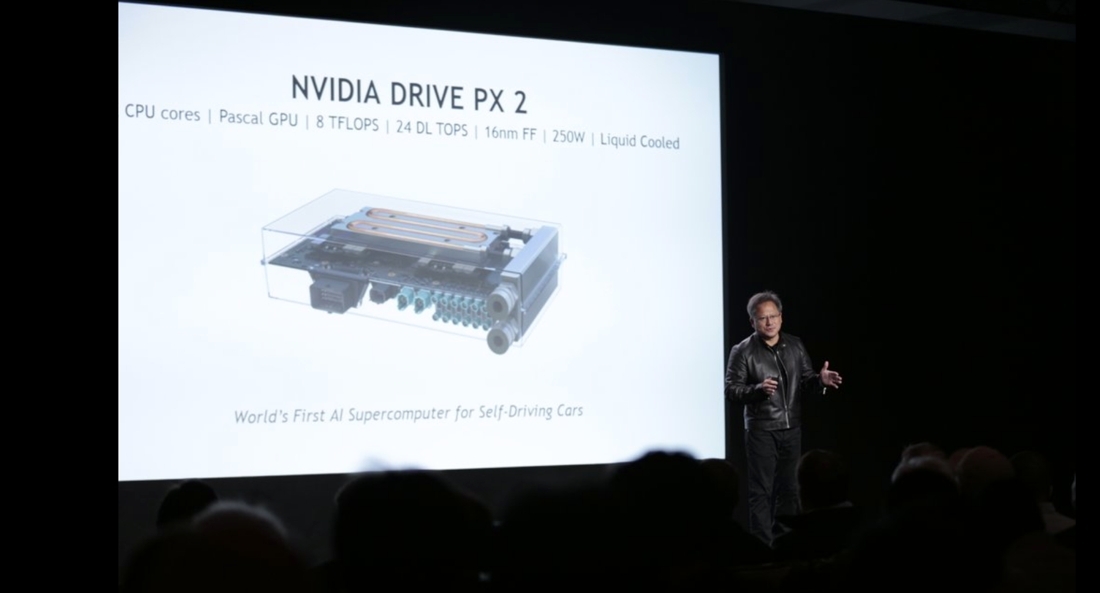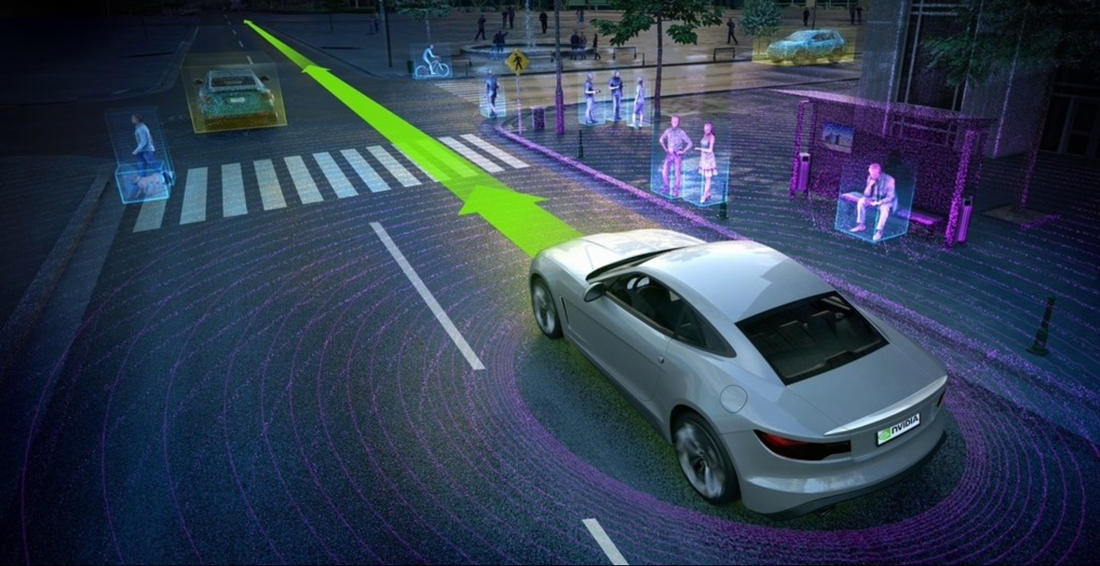I'm not sure how else to describe it.
Imagine a device that features several compute subsystems, at least one of which offers supercomputer-level performance, the highest end GPUs, multiple large size, high-resolution displays, surround sound-enabled high resolution audio, integrated 4G connectivity, multiple function-specific controllers, voice and touch-based modes of input, a dedicated connectivity bus for internal communications between subsystems, millimeter-level location and mapping accuracy, multiple high-resolution camera inputs, and a high-level operating system that can even virtualize guest OS's.
Now imagine that this compute capability---which is well beyond anything an individual can purchase or use today---is essentially "subsidized" into the price of the device.
With automotive computing, this is mobility on a whole other scale.
Sound good? Well, that's essentially what the cars of the near future (not quite present) will be. The ultimate personal computing device, wrapped into the sexy, sleek package of an automobile.
Walking around the CES show in Las Vegas last week and meeting with car makers and component suppliers, one couldn't help but get the sense that, yes, the future of computing is mobile, but this is mobility on a whole other scale.
As a long-time observer of compute-based devices, from PCs to smartphones to wearables and more, it's fascinating to see how much and how quickly the latest core component technologies from these devices are making their way into automobiles.
Of course, as a long-time tech industry observer, I have also found it interesting to think of the strange new bedfellows that new car technologies could create. Ford's new Sync3 platform, for example, is based on a high-level OS made by Blackberry-owned QNX, but offers the ability to essentially "virtualize" the projected automobile platforms of both Apple (CarPlay) and Google (Android Auto). The QNX host OS remains the primary platform, but this architecture lets car buyers choose to use either (or neither) of the two mobile platforms within the context of the overall Ford branded in-car experience. Smart.
With available SYNC 3, activating #Apple CarPlay is as simple as plugging in your iPhone. #FordCES #CES2016 https://t.co/vL9W00WoNG
--- Ford Motor Company (@Ford) January 6, 2016
What's also interesting to observe is how compelling a use case cars represent for computing power. At Nvidia's CES press conference, for example, the company introduced their Drive PX2 platform, a next generation Tegra-powered supercomputer on a board, which is specifically focused on autonomous driving and ADAS (Advanced Driver Assistance Systems).
The company went into great detail to illustrate just how complex the process of integrating all the various camera, lidar, and sensor inputs that an autonomous car would need, and provided the best justification I've seen as to why companies are working on delivering that much computing capability for personal computing devices. Of course, it also confirmed my suspicions that truly autonomous cars are still a long way off. In the near term, however, the ability to leverage that kind of power for ADAS applications means that it has relevance for today's auto designers.

The show also allowed mobile powerhouse Qualcomm to unveil its first major in-car infotainment design via a new deal with Audi. It's interesting to note that in a number of designs, the infotainment system is separate from the ADAS and/or autonomous driving features, with a full secured gateway fixed in between them. Yet another example of how traditional compute technologies are being integrated into today's cars. Of course, from a compute perspective, this separation also means there are multiple compute subsystems running inside the automobile, further highlighting how much technology some of these cars will soon have.
Part of the reason for all of this technology inclusion stems from a point I made at the beginning. With price points measured in the tens of thousands, it's a lot easier to integrate a wider variety of more expensive components into car prices than to create a standalone computing device with the same capabilities. Nevertheless, it's becoming clear that if you want to get access to the most powerful personal computing device possible, it may be the one with wheels.
Bob O'Donnell is the founder and chief analyst of TECHnalysis Research, LLC a technology consulting and market research firm. You can follow him on Twitter @bobodtech. This article was originally published on Tech.pinions.
